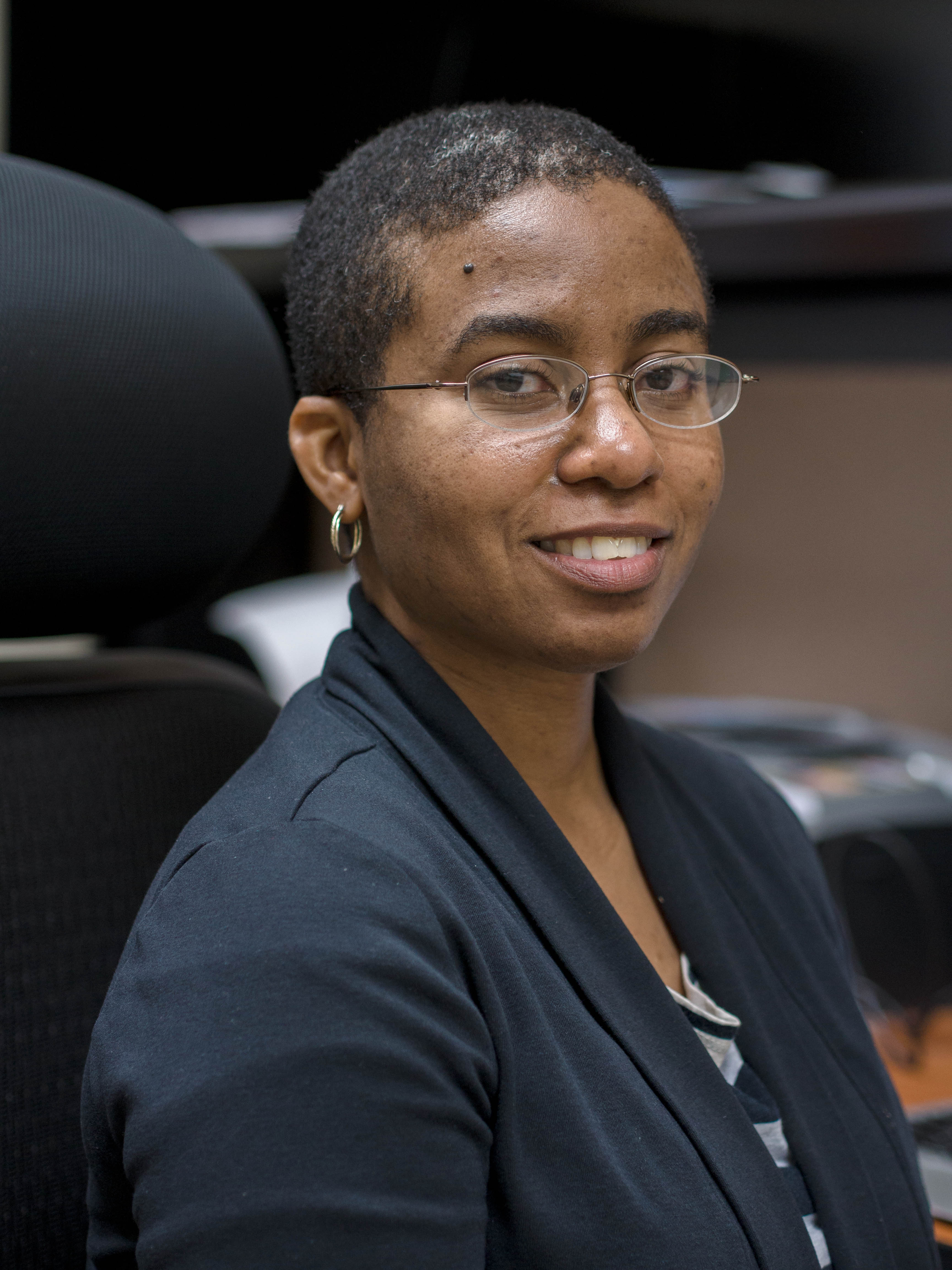What do Louis Farrakhan, George H. W. Bush, Barack Obama, and Mark Zuckerberg have in common? They are examples of the strange political bedfellows who support separate, publicly funded schools for black boys.
As a public school graduate and one of the few black women faculty at the University of Wisconsin-Madison, I know what discrimination in the classroom looks like. So, when I first heard about the effort to establish all-black male schools (ABMSs), I was relieved that school districts were finally listening to anti-racist activists’ assertion that structural racism in schools is unacceptable. In other words, I situated the push to open ABMSs within black people’s well-established understanding of the classroom as a place for resisting racism. To this end, proponents of the forty-plus ABMSs established since 1991 rightly argue that: black urban schools are under-resourced relative to white suburban ones; traditional public schools utilize racist curricula; black students are disciplined more harshly than white students, and black teachers are under-represented in the nation’s schools.
At the same time, the anti-feminist ethos sometimes present in #Black Lives Matter and other expressions of black politics is also evident in conversations about ABMSs. It is unsurprising then that my initial optimism about ABMSs soon turned to concern. I recognized that despite their best intentions, some advocates of ABMSs minimize the degree of black girls’ own oppression in school. Equally disturbing is many ABMS supporters’ assumption that black schoolboys underperform because they are distracted by black girls. This claim reproduces harmful images of black women as “jezebels” who sexually corrupt the men in their midst.
There is much to learn from the movement to open ABMSs. One lesson is that intersectionality – the analytical framework pioneered by black feminists to illuminate how racial, gendered, and other systems of power are mutually reinforcing – can be used to advance multiple political agendas, including anti-feminist ones. On the one hand, advocates of AMBSs embrace intersectionality when they assume that black boys underachieve not only because they are black in racist schools but also because they are black boys in white, female-dominated classrooms. This intersectional logic highlights black boys’ experience of gender-specific racism or the fact that the nation’s teachers, most of whom are white women, suspend black boys at higher rates than other students, including black girls. On the other hand, numerous advocates of ABMSs assume that black boys underachieve because white women teachers create racist, “feminized” classrooms at odds with these boys’ “naturally” aggressive learning style. This latter intersectional approach obscures research which indicates that biology does not automatically make boys tactile learners and girls oral learners. Most significantly, ignoring these data leads far too many supporters of ABMSs to overlook the needs and aptitudes of black children, like highly verbal black boys, who defy stereotypical gender roles.
So where does the reality that the push for ABMSs resists racial inequality but sometimes relies on gender inequality leave those of us committed to challenging intersecting inequalities in our personal, activist, and/or professional lives? I believe that supporters and critics of AMBSs can form politically progressive coalitions. This might seem like an unrealistic goal given that advocates of ABMSs sometimes reject black feminist criticism of their efforts. Indeed, black feminists who express concerns about these schools have heard that we are “colluding with the enemy” or giving racist whites the opportunity to condemn ABMSs and, in turn, stifle black boys’ academic prospects. It is also true, however, that while many proponents of ABMSs conceptualize black children’s oppression in ways that threaten bridge-building, other advocates recognize that the sometimes sexist and heterosexist rhetoric in favor of these schools harms both black boys and black girls.
Building on this finding requires all participants in the debate about ABMSs to embrace a particular type of educational advocacy – one which recognizes that public schools are key to addressing oppression and that black children are forced to learn in some of the worst public schools. Putting this kind of nuanced advocacy into practice means using accessible, community-based spaces to challenge our assumptions about how and why black children are oppressed in school. It also means defining “good” public schools as those which foster all black children’s capacity for self-determination and self-actualization in the classroom, and beyond.
_________________________
 Keisha Lindsay, PhD is an associate professor of gender and women’s studies and political science at the University of Wisconsin-Madison. Her research and teaching interests include black feminist theories, black masculinities, and gender-based politics in the African diaspora. She is the author of In a Classroom of Their Own: The Intersection of Race and Feminist Politics in All-Black Male Schools (University of Illinois Press 2018).
Keisha Lindsay, PhD is an associate professor of gender and women’s studies and political science at the University of Wisconsin-Madison. Her research and teaching interests include black feminist theories, black masculinities, and gender-based politics in the African diaspora. She is the author of In a Classroom of Their Own: The Intersection of Race and Feminist Politics in All-Black Male Schools (University of Illinois Press 2018).
